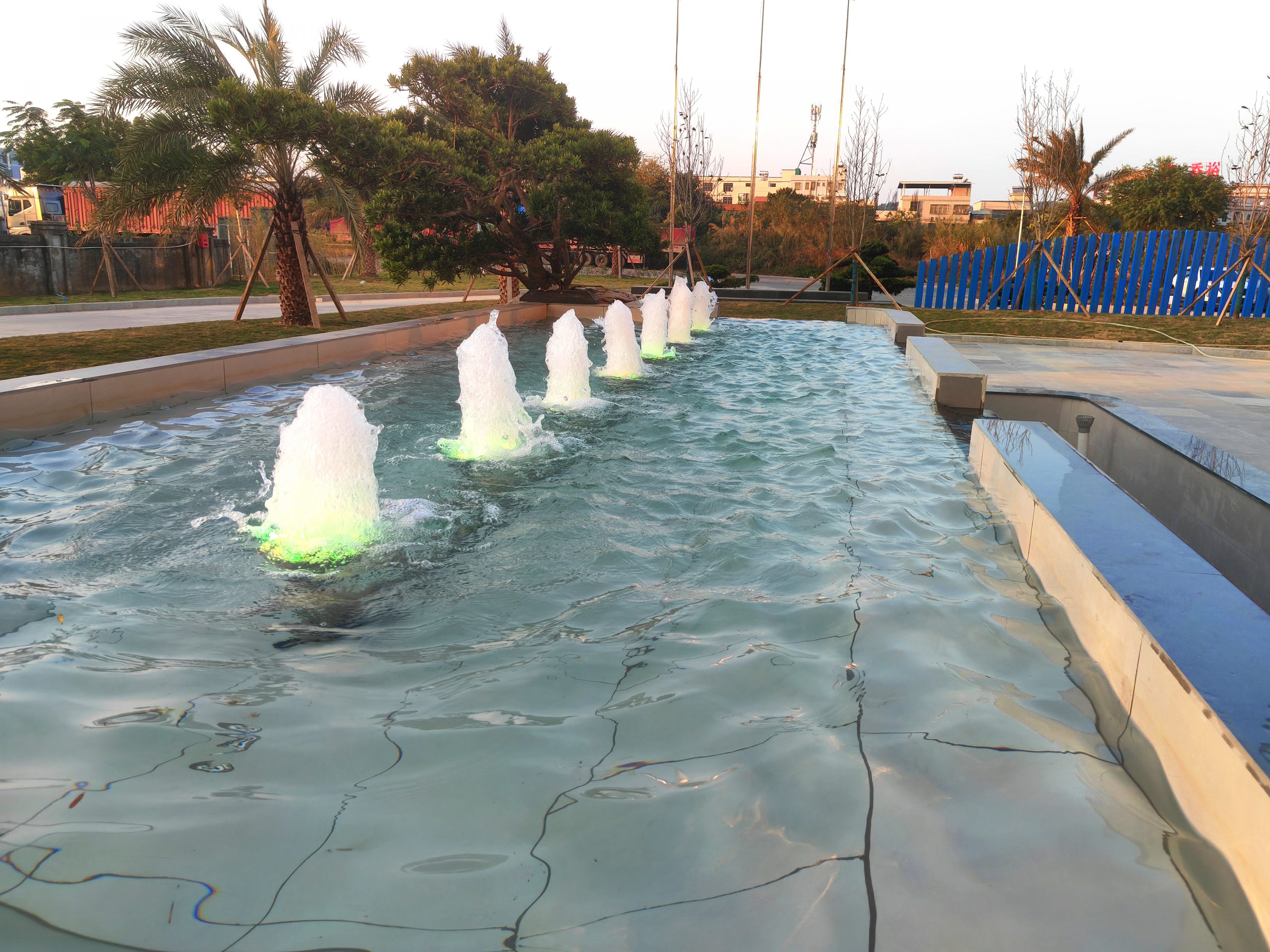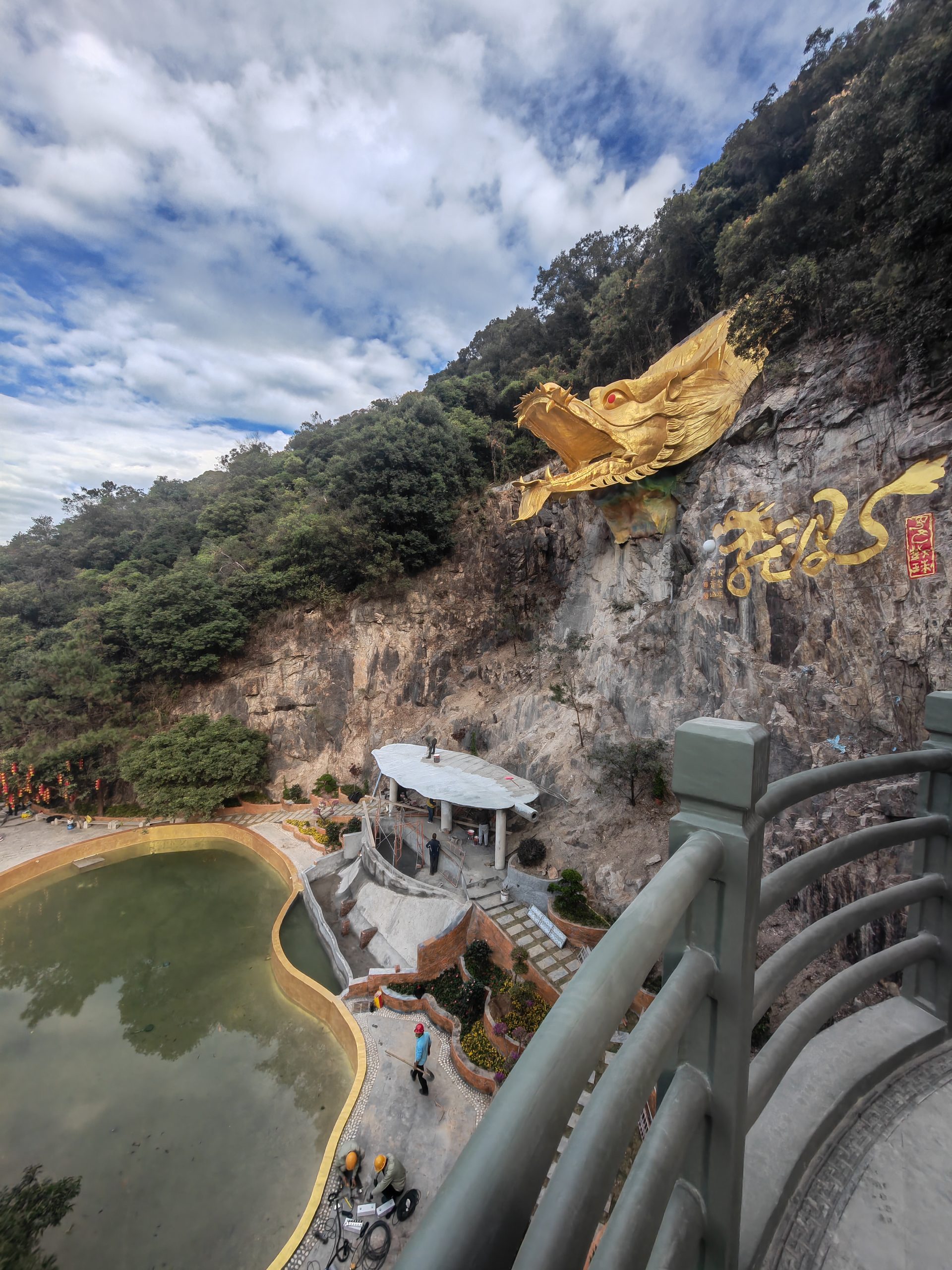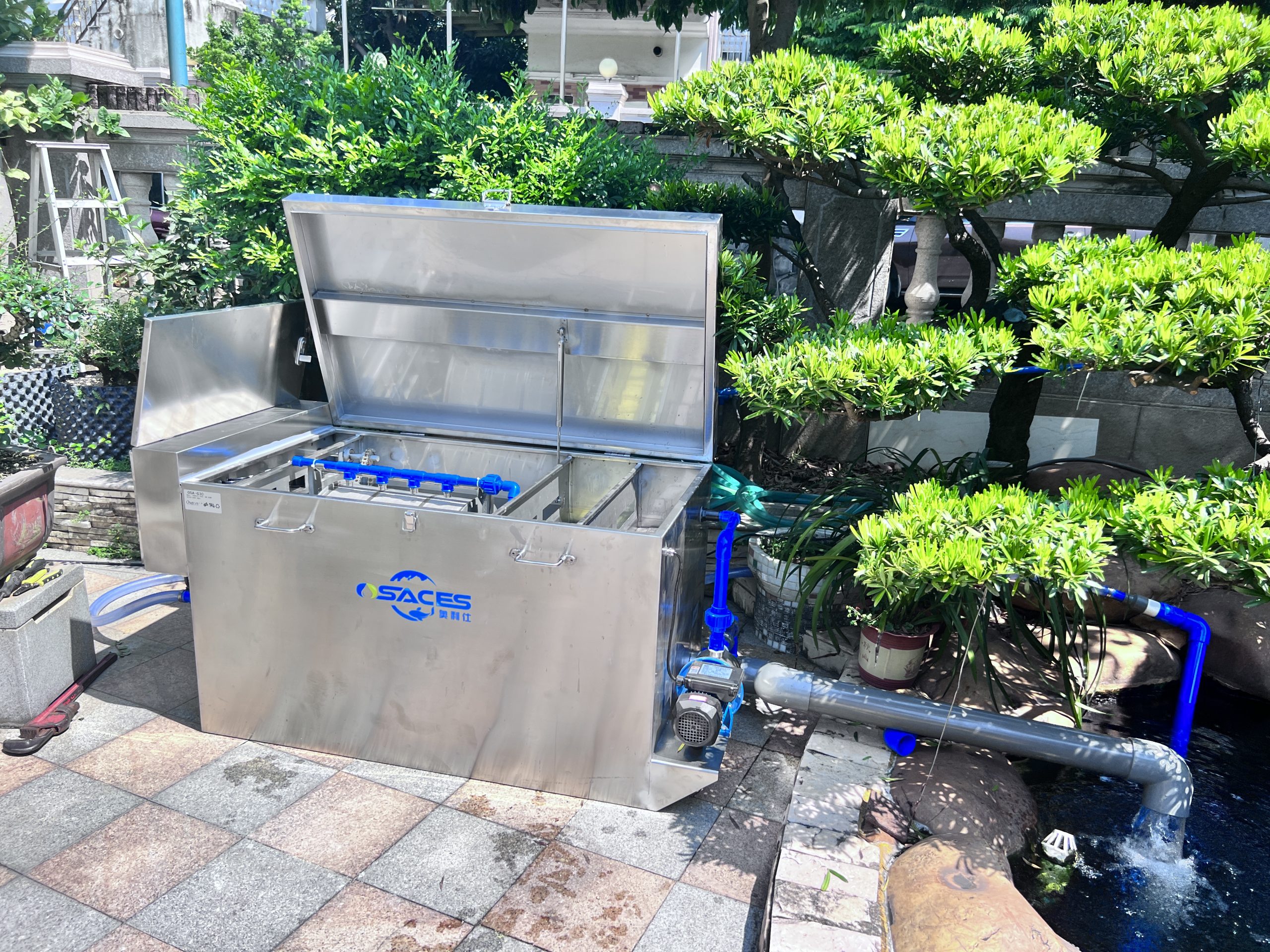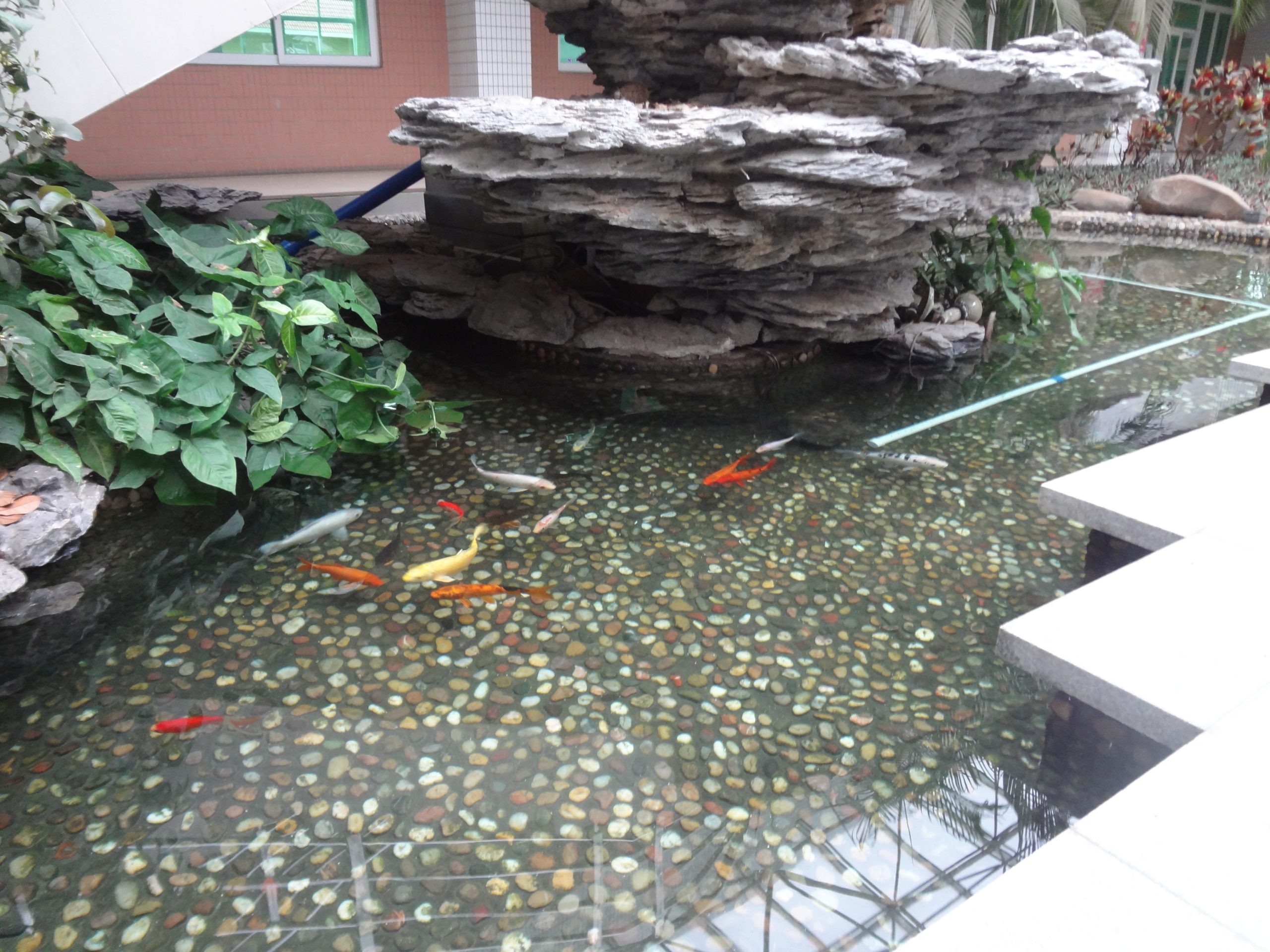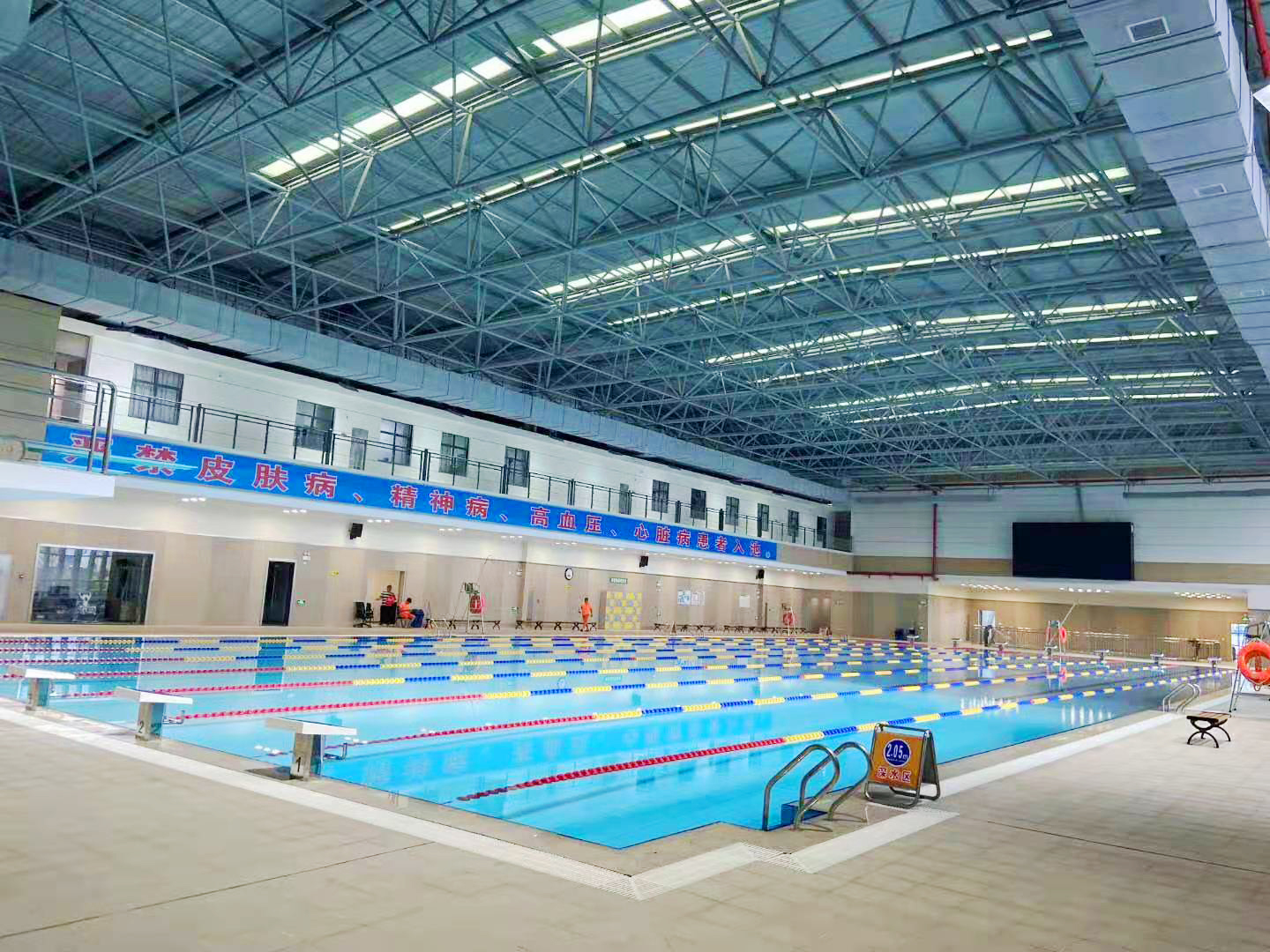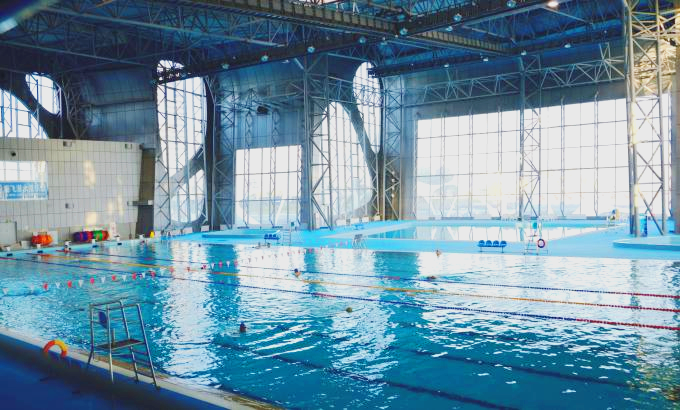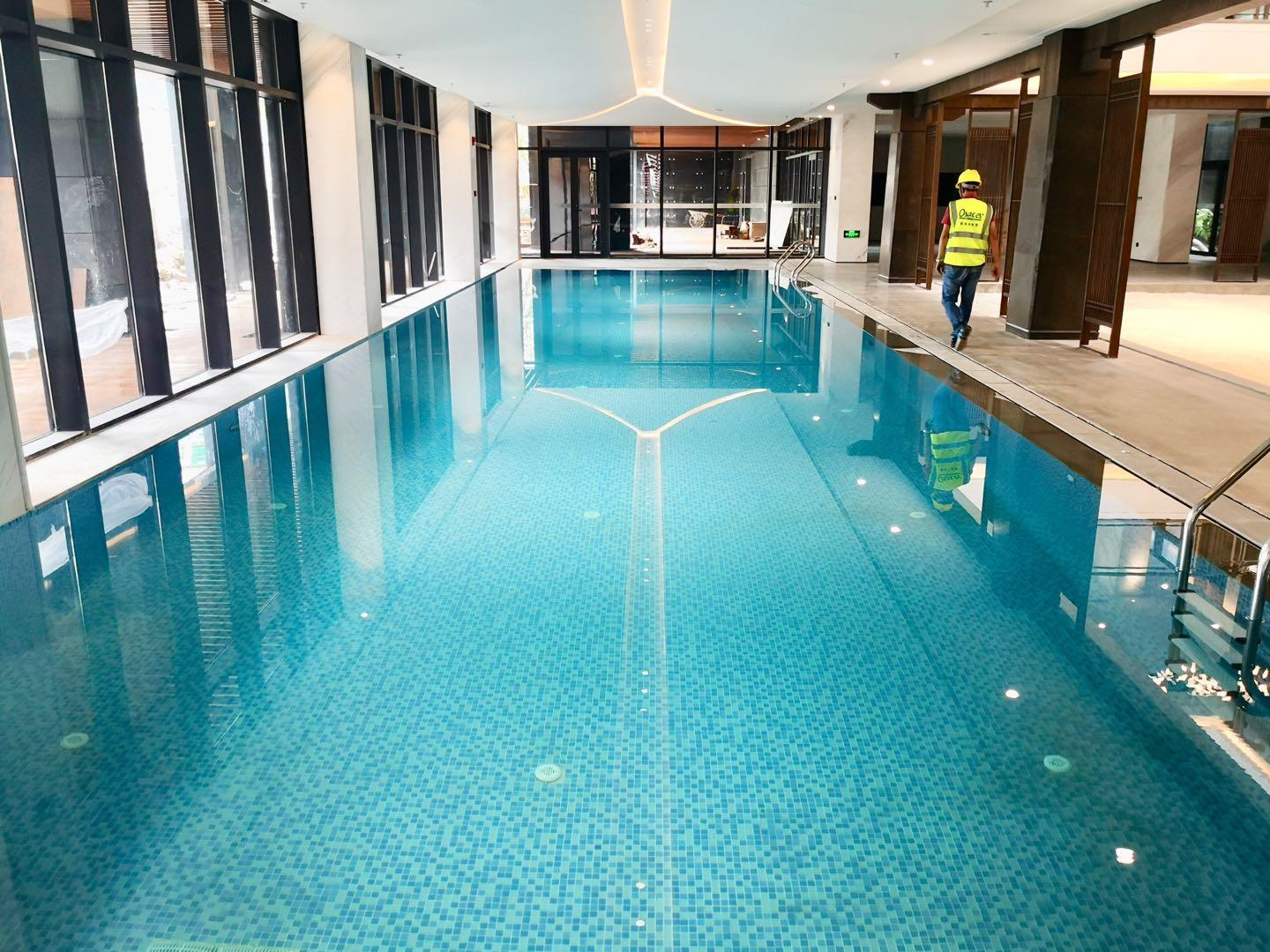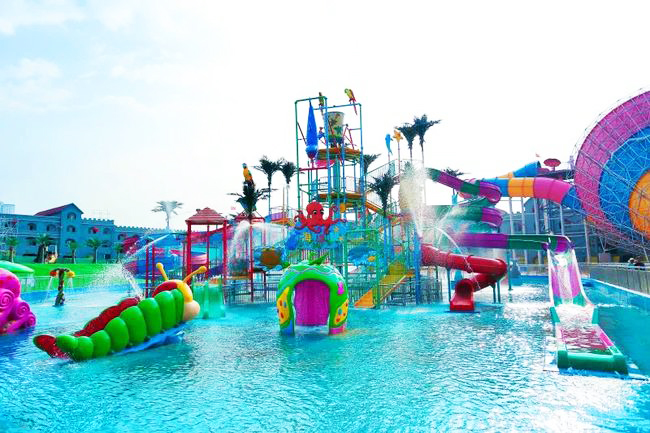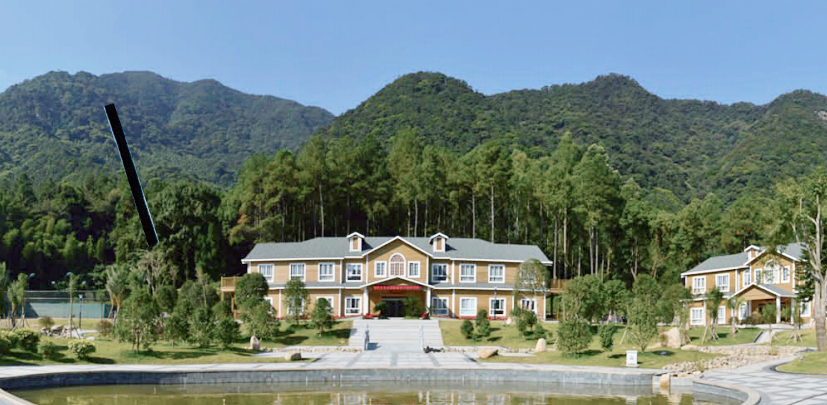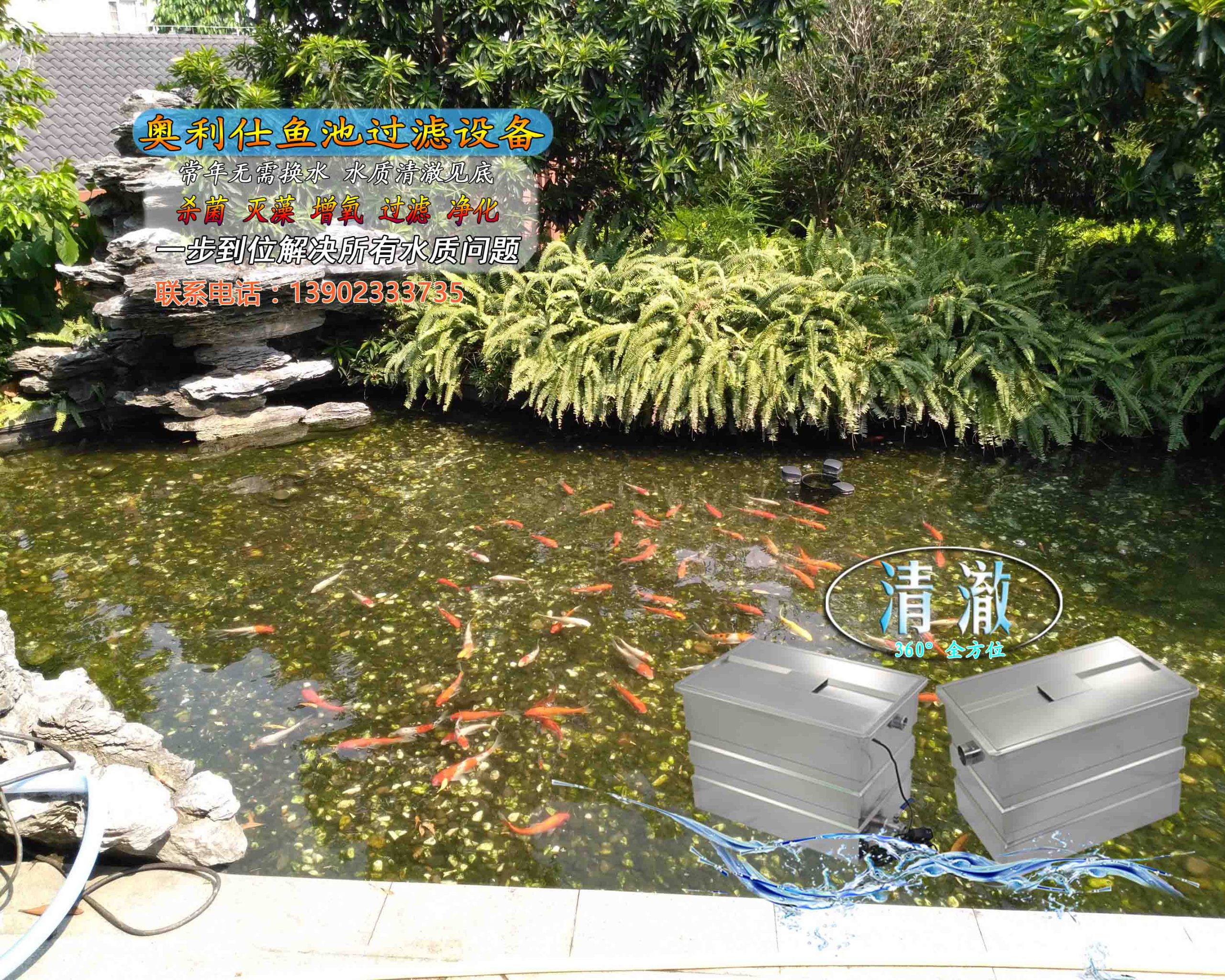common problems
contact details
 Ollies (Guangzhou) Recreation and Sports Equipment Co.
Ollies (Guangzhou) Recreation and Sports Equipment Co.Tel: (020) 82686289
Fax: 020-82694853
Headquarter: No.31-37, Xincun 2 Road, Shangjiang North Street, Dongzhou Village, Xintang Town, Zengcheng City, Guangzhou, Guangdong, China
Factors Determining the Environment for Koi Growing
Bad water quality directly affects the physiological health of koi, and most koiExternal diseasesattributablewater qualityThis can be caused by a number of factors, ranging from affecting the overall aesthetics of the koi pond, to causing illness or even death of the koi. So what factors affect the environment in which koi grow?

The factors affecting the growth environment of koi are oxygen, carbon dioxide, ammonia and pH value of the water. If one of these factors is not satisfied, the koi will not be able to live normally and may even die of disease.
The amount of oxygen in the water will directly affect the growth of koi. When the oxygen content in the water is reduced, the koi will float, and in severe cases they will suffocate and die. The minimum level of oxygen deficiency for koi is between 0.9 and 0.13 milligrams of oxygen per liter of water.
The content of dissolved oxygen in the water is affected by factors such as temperature, light, air pressure, the number of plants and animals in the water, and the area of the water in contact with the air. If the temperature is high, the oxygen in the air is more difficult to dissolve into the water, then the metabolism of the koi is vigorous, and the oxygen consumption is also greatly increased, so it is easy to occur floating head phenomenon.
During the daytime under the irradiation of daylight, plants photosynthesis enhancement, the release of a large amount of oxygen; at night, plants not only will not release oxygen, but instead of a large amount of oxygen consumption in the water at the same time release of carbon dioxide, so that the oxygen solubility in the water is sharply reduced, the concentration of nitrous acid in the water will rise, resulting in the deterioration of the quality of the water.
Therefore, it is especially important to establish a strong fish pond filtration system to increase oxygen and enhance biochemical filtration in a timely manner.
It mainly comes from the excretions of the fish - urine. Also in water containing large amounts of organic matter such as proteins, the organic matter is broken down by bacteria and large amounts of ammonia are produced. When the level of ammonia in the water reaches 31 TP3T (that is, 30 milliliters in 1 kilogram of water), the koi will die.

When the concentration of hydrogen ions in water is high, the water is acidic; when the concentration of hydrogen ions is low, the water is alkaline.
The acidity or alkalinity of the water is readily apparent by means of pH test paper. If the water is acidic, the tips of the koi's fins will become congested, and in severe cases, they will contract other diseases and die. If the water is severely alkaline, it will stimulate the parotid glands to secrete a lot of mucus, hindering breathing and seriously affecting the growth and development of the koi.
The pH value suitable for koi growth is between 7.2 and 8.0. There are many factors affecting the pH value in the water body, such as: the lack of a perfect koi pond filtration system, the accumulation of organic matter in the water; the aging of the filter material, which affects the filtration effect, and so on.
Generally speaking, within the suitable temperature range of 22-28℃, the koi has the highest number of digestive enzymes in its body and the strongest activity of digestive enzymes, therefore, the koi has the most vigorous feeding, strong digestion, high digestibility, and its metabolism is also the highest, and its physical strength and fitness are at the highest level.
Related content
- Homeostatic regulation of fish pond water quality: a systematic solution based on nitrification kinetics and nutrient thresholds
- Koi Pond Maintenance and Protection Guide during the Rainy Season | The Veteran Driver's Handbook of Dampness and Disease Prevention
- Pool water circulation system maintenance guide, goodbye to cloudy water quality to create four seasons of translucent "liquid sapphire".
- From zero to professional: a complete guide to pool equipment configuration that even a beginner can understand
- The Golden Ratio of Swimming Pool Ventilation and Dehumidification Systems: The Balancing Act of Airflow, Humidity and Energy Consumption
- Specific benefits of dehumidifiers for new swimming pools
- Industrial solutions for fish pond water quality management: How to break through the bottleneck of traditional operation and maintenance of filtration systems?

